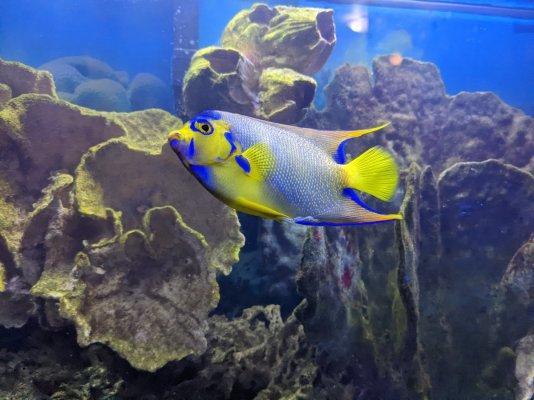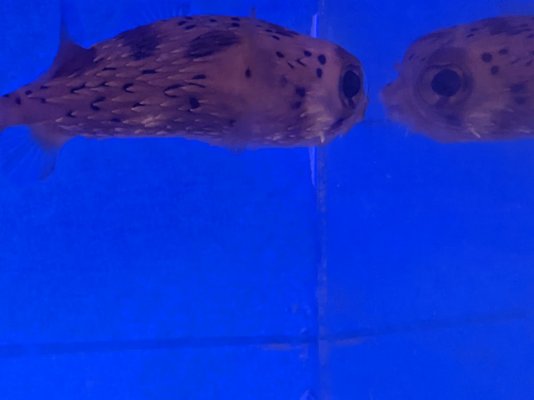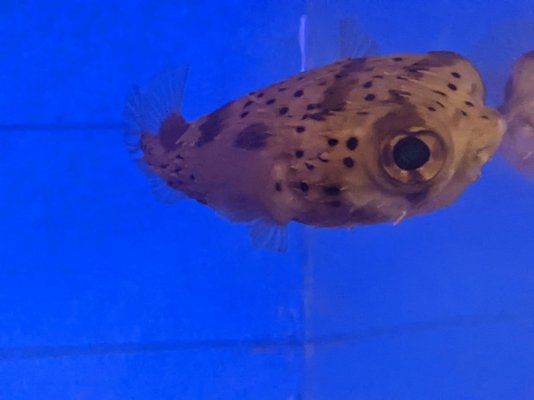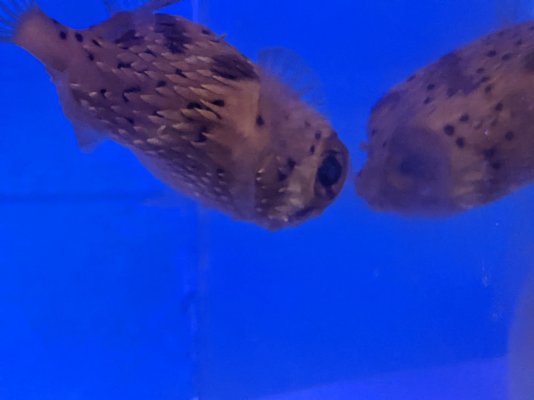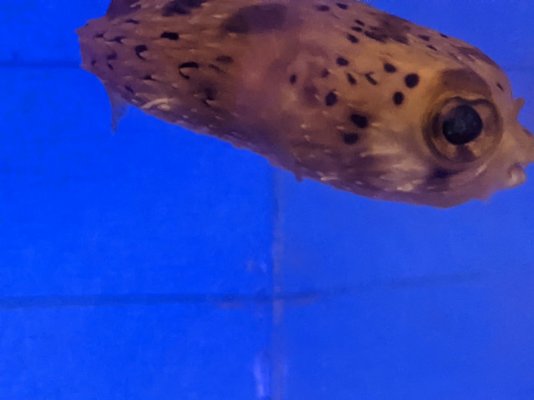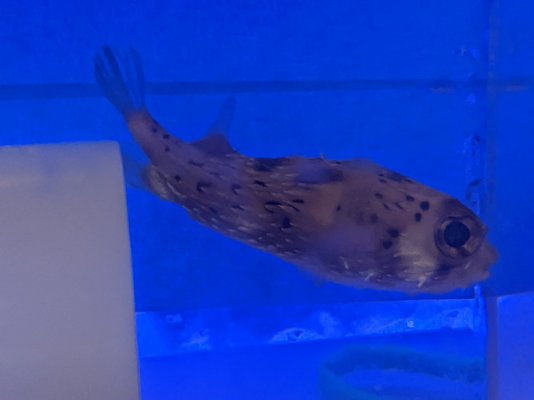- Joined
- May 30, 2020
- Messages
- 21
- Reaction score
- 21
Will this treatment be safe in a tank with corals?Internal Issues
For simplicity’s sake, there are 6 basic problems a marine fish may experience on the inside:
1. Intestinal worms
Symptoms: White stringy feces, pinched stomach, loss of color, fish eats voraciously but still seems to be losing weight.
Treatment of choice: Praziquantel
Alternative treatments: Fenbendazole, Levamisole, Piperazine
2. Internal parasites/flagellates
Symptoms: White stringy feces, pinched stomach, loss of color, fish eats voraciously but still seems to be losing weight. Flagellates are more virulent than worms, and thus can kill faster.
Treatment of choice: Metronidazole
Alternative treatments: Albendazole, Flubendazole and Mebendazole all show promise.
3. Internal infections (bacteria)
Symptoms: Bloating, and lumps or swollen areas on the body. Also, poor water quality can cause/aggravate an internal infection.
Treatment of choice: Metronidazole combined with Neomycin Sulfate in a medicated fish food slurry can be a very good full spectrum internal/gut infection treatment, treating both aerobic and anaerobic bacteria.
Alternative treatment: Seachem Focus claims to be an antibacterial polymer for internal infections of fish. The active ingredient found therein is nitrofurantoin.
4. Swim bladder disorder
Symptoms: Fish swims vertically with its tail up. Basically, the back half of the fish will seem more buoyant than the front half, and the fish will swim in a way to compensate for that. The fish may also stay near the surface of the water (or even float), unable to swim downwards. A protrusion (i.e. gas bubble) may be visible near the swim bladder area. In most cases, swim bladder disorders are caused by improper decompression of deep water species of fish.
Treatment: If a gas bubble is present, you can lance the air out using a 30 gauge insulin syringe. For swim bladder infections, the following are possible treatment options:
(1) Dose magnesium sulfate (Epsom Salt) at 1 tablespoon per 5 gallons.
(2) Give the affected fish a 30 minute Methylene Blue bath.
(3) Dose Metronidazole in conjunction with Neomycin. (You can food soak this combination as well.)
5. Spinal injury
Symptoms: Fish swims vertically with its tail down. Sometimes the fish just lays on the bottom of the tank; sometimes swims in a swirling motion. Most believe spinal injuries are caused when the fish jumps and hits a hard object (or swims/rams into one.) However, there is some evidence that internal flagellates and/or harmful bacteria which has migrated to the spinal canal may be contributing factors to spinal injuries. Wrasses seem most prone to spinal injuries, especially fairy & flasher wrasses.
Treatment: The injury can heal if the damage is not too severe. Sadly, this is most often not the case. Dosing Metronidazole (for internal flagellates) + Erythromycin or Enrofloxacin (for bacteria) may help. If the fish is still eating, food soak metronidazole + neomycin as well.
6. Fish constipation
Symptoms: Bloated stomach, obvious anal obstruction, rectal prolapse, erratic swimming behavior. The fish will sometimes stay near the surface of the water, swimming in circles. Constipation is sometimes mistaken for a gas bubble in a fish’s swim bladder (or vice versa.)
Treatment options:
(1) Feed peeled boiled green peas (high in fiber)
(2) Dose Epsom salt @ 1 tablespoon per 5 gallons (laxative)
(3) Dose Kanamycin (Seachem Kanaplex) in a Quarantine Tank (diarrhea is a side effect of kanamycin)
Internal parasites vs. intestinal worms – Since these can be difficult to distinguish due to near identical symptoms, it is best to always treat with praziquantel + metronidazole so both pathogens are covered. You can combine different medications (e.g. Prazipro + Seachem Metroplex), or API General Cure contains both.
Does the color of the poop matter? – Yes! It has to be white. Brown stringy poop, for example, can just mean intestinal irritation which requires no treatment.
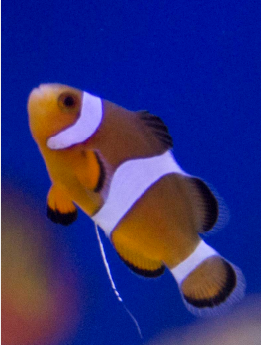
Food soaking vs. dosing the water – Sometimes dosing the water with the above medication(s) can help clear an internal pathogen. After all, fish do drink the water, and their skin will absorb medications. However, I feel soaking fish food with medication(s) is the best way to treat internal problems for obvious reasons. Food soaking delivers meds directly into the gut where most internal pathogens live. In order to food soak, you should also use a binder (e.g. Seachem Focus, unflavored gelatin, agar) to prevent the medication from just leaching out into the water. Binding also makes the treatment reef safe.My recipe for food soaking metro (and prazi) can be found below:
Using a shot glass:
1 scoop (~ 1/8 teaspoon) of medication (Metroplex or General Cure)
1 scoop Seachem Focus (this makes it reef safe)
1 Tbsp food (preferably pellets or frozen food)
A pinch of Epsom salt to help expel dead worms/parasites
A few drops of saltwater or fish vitamins
Stir until a medicated food slurry has been achieved.
Feed after soaking for 30 mins.
Refrigerate or freeze any leftovers for future use.
You can feed this mix 1-2 times per day. Not recommend to exceed 2 feedings per day with medicated food.
Final Thoughts – Due to the resilience of these critters, it is recommended to treat (or food soak) for a minimum of 10 days. However, it is not uncommon for symptoms to persist for up to 3 weeks.And just like with any other disease, you will sooner or later run up against a strain which seems resistant to the preferred treatment. In which case, you should seek out an alternative medication. (e.g. Using fenbendazole, levamisole or piperazine in lieu of praziquantel to treat stubborn intestinal worms.)





